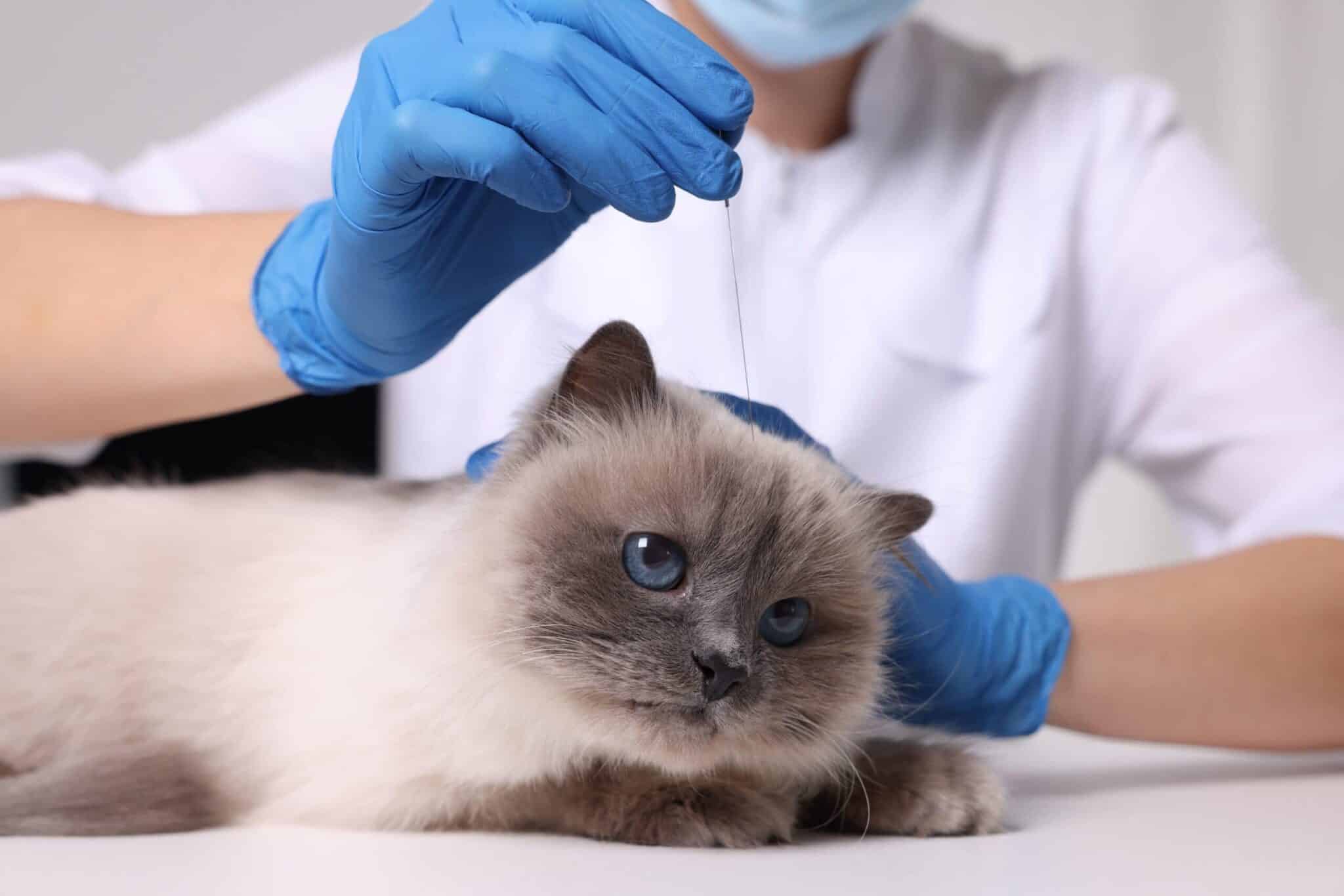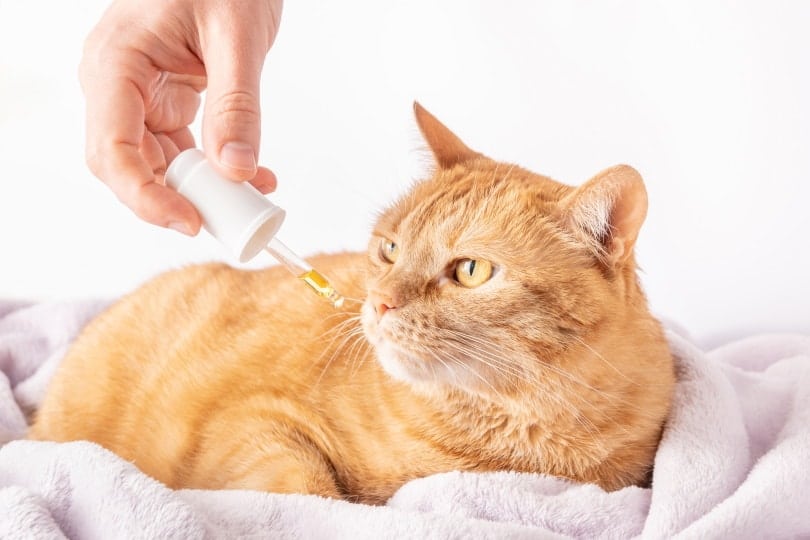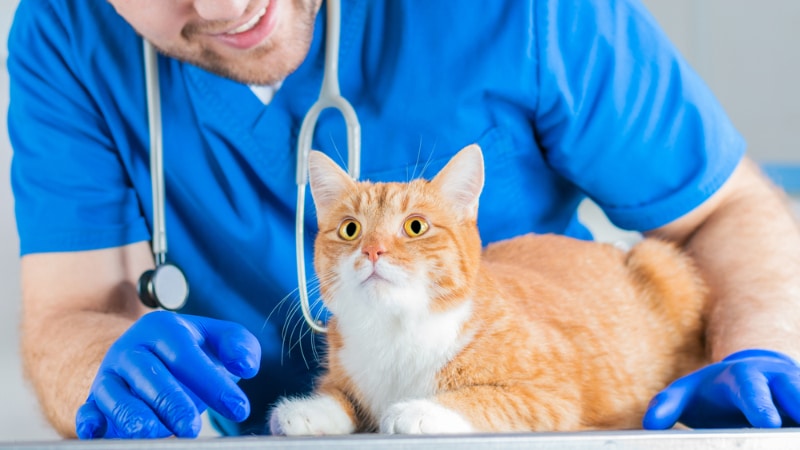Just as we humans sometimes look toward holistic healthcare solutions, we can do the same for our pets. While some holistic healthcare treatments are controversial, others have been shown to provide benefits by themselves or when combined with medications or other types of standard medical healthcare options.
Every year on August 30, pet healthcare providers, pet owners, and holistic enthusiasts alike celebrate National Holistic Pet Day. The idea of the holiday is to spread awareness about the different holistic treatments that are available for pets. This way, owners can feel empowered to take more control over their pets’ health and well-being.
Holistic Care Options Promoted for National Holistic Pet Day
Acupuncture
Believe it or not, acupuncture has been used to treat animals since ancient times. It can be used alone or combined with Western medicine to treat problems like nerve injuries, gastrointestinal distress, anxiety, and even allergies. The idea of acupuncture is to create subtle physiological changes that help do things like stimulate the nervous system and increase blood circulation throughout the body overall.

Chiropractic Care
Chiropractic treatments can help restore mobility and body function in small and large animals to minimize pain and improve quality of life. Chiropractic care is most often used for animals that suffer from compromised anatomical structures, neurological disturbances, and vertebra immobility. While many people have never thought of taking their pet to a chiropractor, this type of care is fast growing, and owners can expect to see more service offerings in their communities in the coming years.
Herbal Medicine
Herbal therapy is another fast-growing industry that has been around for thousands of years. The most common conditions that are treated in animals using herbal remedies include chronic pain, epilepsy, hormonal problems, inflammatory bowel disease, liver disease, and skin allergies.
However, herbal remedies must be properly dosed, as herbs can cause harm when improperly ingested. Animals and humans have multiple physiological differences, which make it dangerous to treat animals with herbs in the same way that you would treat a human. Therefore, a veterinarian specifically trained in herbal medicine must be the one who diagnoses and prescribes herbal treatments for any pet.

The 3 Ways to Celebrate National Holistic Pet Day
There are a few interesting ways that National Holistic Pet Day can be celebrated by us humans on August 30. Here are a few ideas that you may be interested in:
1. Volunteer at a Holistic Veterinary Clinic
Spend the day promoting a local holistic vet clinic in your area so more pet owners can learn more about this type of care. Put together a list of bullet points that highlight why owners might want to consider holistic care for their pets.
2. Put Together a Fundraiser
Create and manage a fundraiser in your community to acquire funds that can be used to help pet owners pay for holistic care when they can’t afford to pay for such care themselves.
3. Host a Community Event
Get your friends and neighbors together for a potluck event where everyone can eat and enjoy their time while learning more about holistic pet healthcare. Invite a holistic veterinarian to speak at the event, and have fliers or guidebooks printed for everyone to take home with them.

In Conclusion
National Holistic Pet Day, celebrated on August 30 each year, offers a great opportunity to learn about how holistic care can impact your pet’s health as time goes on. You may discover that your pet can benefit from chiropractic or herbal therapy care, or you might find that holistic care isn’t for your household. Either way, take the day to discover new information so you can feel confident about the healthcare decisions that you make for your pet now and in the future.
See also:
- National Treat Your Pet Day: History & Celebration Tips
- Kitty Horoscope: October Belongs to the Lovely Libra Cat
Featured Image Credit: Andy Gin, Shutterstock










